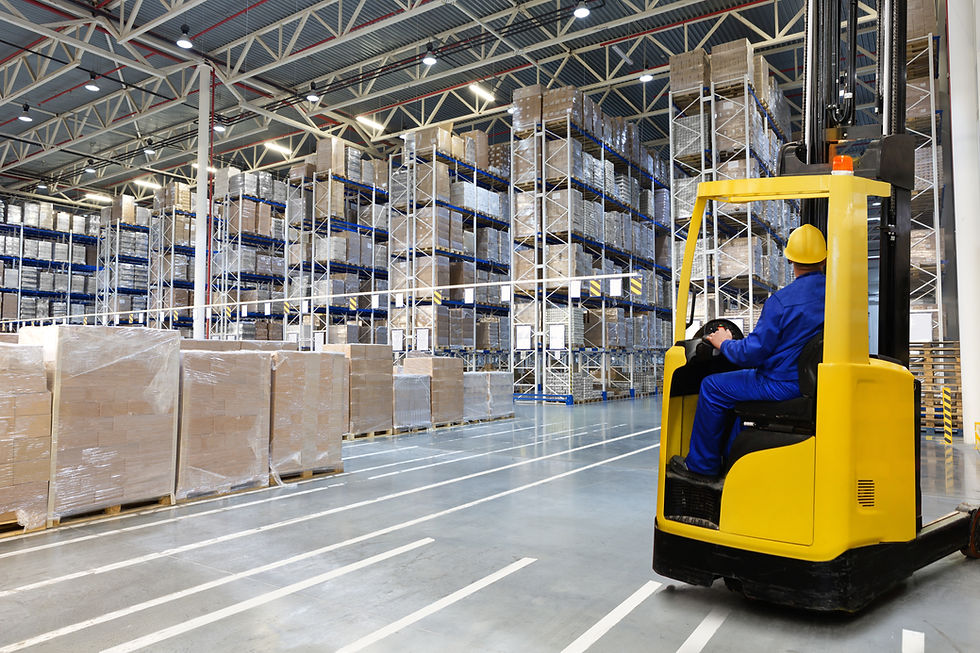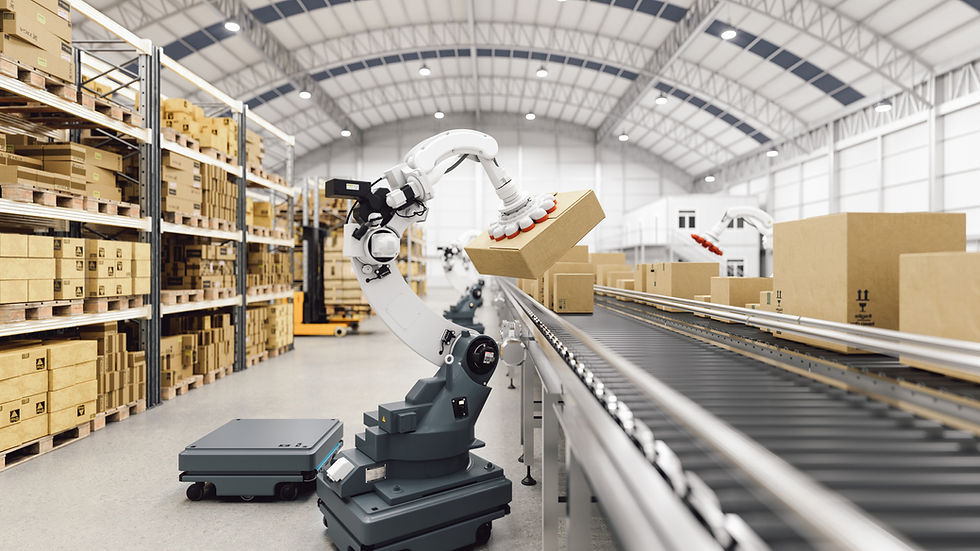The Elastic Factory: How Flexible, Data-Driven Manufacturing Is Building the Future of Production
- Analysis by Current Business Review

- Apr 30
- 2 min read

In 2025, manufacturing is no longer defined by static assembly lines or fixed production cycles. The modern factory is elastic—able to expand, contract, pivot, and adapt in real time to meet shifting global demands.
Powered by data, automation, and AI, elastic manufacturing is transforming production from a rigid process into an intelligent, responsive system. It’s not just a supply chain upgrade. It’s a new operating model.
The manufacturers leading the next era aren’t just building products. They’re building flexibility.
From Fixed to Flexible
Traditional manufacturing prioritized consistency and scale. But in today’s volatile global economy, adaptability has overtaken efficiency as the primary competitive advantage.
Elastic factories achieve this by:
Leveraging modular production lines that can shift between products
Integrating AI to forecast demand and adjust output in real time
Using digital twins to simulate production scenarios before implementation
Deploying automation that reconfigures workflows without downtime
Flexibility isn’t a nice-to-have. It’s a survival strategy.
Data at the Core of Production
At the heart of elastic manufacturing is data-driven intelligence. Every sensor, machine, and supply chain node feeds into a live ecosystem of insights.
This enables:
Predictive maintenance reducing costly downtime
Real-time quality monitoring and defect detection
Dynamic sourcing based on global supplier performance
Continuous optimization of energy, materials, and labor
Manufacturing leaders are transforming factories from reactive environments into predictive, proactive engines of value creation.
Supply Chain as a Living System
Elasticity doesn’t stop at the factory floor. It extends into the entire supply chain, where volatility in logistics, geopolitics, and raw materials demand supply chains that can bend without breaking.
Key innovations include:
Diversified supplier networks designed for redundancy
AI-powered routing that dynamically shifts logistics paths
Transparent, blockchain-based tracking improving traceability
Integrated planning tools connecting production with real-time demand signals
The result: supply chains that flex as markets shift, minimizing disruption while preserving delivery commitments.
Scaling Without Stagnation
Elastic manufacturing offers an alternative to the old scaling model. Instead of building more factories or adding fixed capacity, companies are scaling through flexibility:
Cloud-based production platforms allowing distributed manufacturing
On-demand partnerships with micro-factories across regions
Customization integrated into standard production lines
Smaller production runs without sacrificing profitability
Scaling today isn’t about building bigger. It’s about building smarter.
The Bottom Line
In 2025, the factory of the future isn’t a place—it’s a system. Elastic manufacturing turns production into an intelligent, adaptable network capable of responding instantly to shifting markets, supply disruptions, and customer demands.
The leaders building elastic factories aren’t just improving operations. They’re designing manufacturing as an engine of resilience, speed, and innovation.
In the next era of global production, flexibility won’t just be an advantage. It will be the standard.



Comments